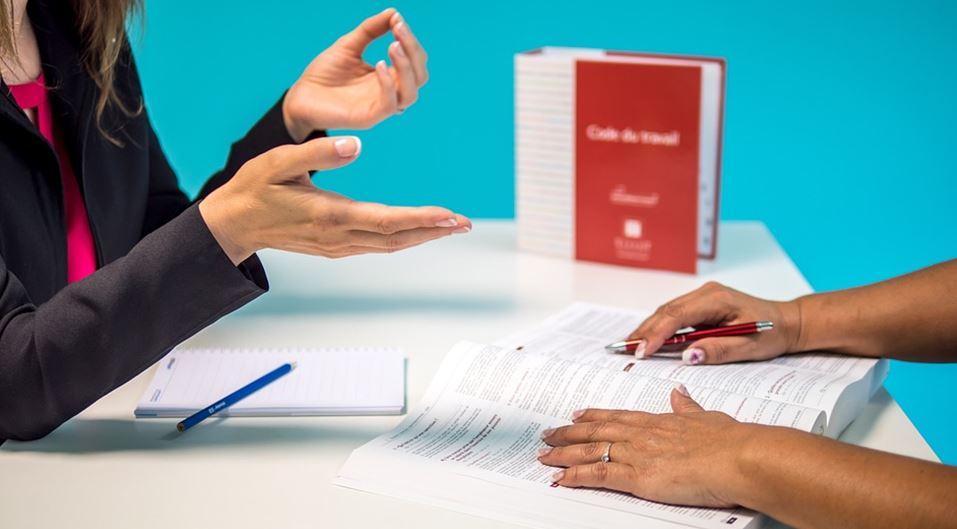Business
The Basics Of Product Liability

Every year in the United States, thousands of people suffer from injuries caused by defective or dangerous products. To address this issue, there is a specific area of law known as “Product Liability” which outlines who is responsible for these types of products and differs from traditional injury law. This legal framework provides a means for individuals to recover compensation for injuries and damages caused by defective products.
Product liability places responsibility on manufacturers or sellers for providing a product that is free from defects and safe for consumers to use. All parties involved in the distribution chain of a product can be held liable if the product is found to be defective and causes harm. The law requires that products meet the ordinary expectations of consumers and if a product has an unexpected defect or danger, it is considered to be a failure to meet these expectations.
[lwptoc]
Types Of Product Liability Claims
Design Defects: A product is considered to have a design defect when the product is inherently dangerous or defective due to the way it was designed. For example, a ladder that is designed with weak or insufficient rungs that can break easily is considered to have a design defect.
Manufacturing Defects: A product is considered to have a manufacturing defect when a problem occurs during the production process that causes the product to be dangerous or defective. For example, a car that is manufactured with a faulty brake system is considered to have a manufacturing defect.
Marketing Defects: A product is considered to have a marketing defect when it does not come with adequate warnings or instructions for safe use. For example, a power tool that does not come with a warning about the risk of electric shock is considered to have a warning defect.
Product Liability Claims Are Based On State Laws
When an individual is harmed by a defective product, the basis for product liability claims is determined by state laws, which can differ from state to state. Thus it is extremely important to get in touch with a Denver product liability lawyer in no time if you or your loved ones have been the victim of product liability.
Some of the ways that these laws may vary include:
- Statutes of limitation: This is the time frame within which legal action can be taken.
- Liability standards: The conditions that must be met in order to hold someone responsible for the injury.
- Caps: The maximum amount of liability that can be imposed.
- Innocent seller statute: This law releases a seller from liability if their only involvement with the product was as part of its distribution chain.
- Joint and several liability: In jurisdictions where this provision exists, each party engaged in the production and distribution of a defective product may be held individually accountable for any subsequent injuries to the full extent of the damages.
Product liability claims are based on the principles:
- Negligence: This means that the injury was caused by the negligence of another person or entity.
- Strict liability: It allows an injured person to collect restitution from a manufacturer or seller without having to prove negligence.
- Breach of contract: A manufacturer may be held in breach of contract if a product does not live up to the standards stated in a warranty.
Check out: The Types Of Tort Recognized By American Law















